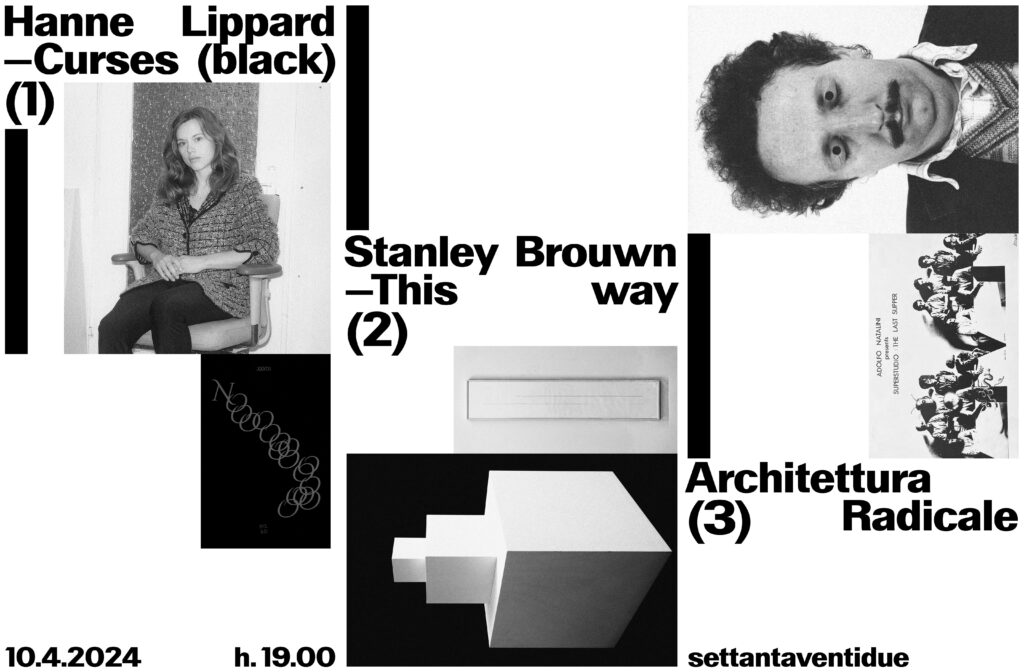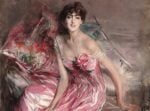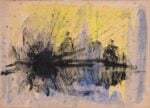Stanley Brouwn / Architettura Radicale / Hanne Lippard

Tre mostre
Comunicato stampa
|
Born in Paramaribo, Suriname, in 1935, and based in Amsterdam, Stanley Brouwn was a conceptual artist known for his minimalist and thought-provoking works that often challenged traditional notions of art and perception. Brouwn's artistic practice was deeply rooted in exploring the relationship between space, measurement, and human interaction. One of Brouwn's most famous series is his "This Way Brouwn" project, which began in the late 1960s. In this ongoing endeavor, Brouwn would approach people on the street and ask them to provide directions from one location to another. He would then document their responses, often in the form of handwritten notes or maps, without any additional commentary or interpretation. Through this process, Brouwn sought to investigate the subjective nature of spatial perception and the influence of individual experience on how we navigate and understand the world around us. Another significant aspect of Brouwn's practice was his interest in the concept of measurement. He frequently explored ideas related to distance, scale, and proportion, often using simple materials such as wood, paper, cardboard, and string to create his works. In doing so, he questioned the standardized systems of measurement that govern our understanding of space and encouraged viewers to reconsider their own perceptions of distance and size. Stanley Brouwn’s "Measurements" works delve into the intricacies of quantification and human interaction with space. Through this series, he invites participants to provide their own measurements of objects and distances, challenging traditional notions of accuracy and objectivity. By ceding control to others, Brouwn highlights the subjective nature of measurement and the influence of personal perspective. His minimalist approach prompts viewers to reconsider their relationship to quantification, emphasizing the role of individual experience in shaping our understanding of the world. Brouwn's work also engaged with broader philosophical and existential themes, such as the nature of existence and the relationship between the individual and the collective. By inviting participation from others and emphasizing the role of human interaction in the creation and interpretation of art, he challenged the conventional idea of the artist as a solitary genius and instead emphasized the collaborative nature of creative expression. Throughout his career, Brouwn remained committed to exploring the fundamental aspects of human experience through his art, often using simple gestures and materials to provoke profound questions about perception, space, and the nature of reality. His work continues to influence contemporary artists and thinkers, serving as a reminder of the power of art to challenge assumptions, provoke thought, and expand our understanding of the world. ARCHITETTURA RADICALE An Overview
In July 1977, while trying to explain what radical architecture was and the meaning of our involvement in the phenomenon, I wrote: When the projects and the images, the writing and the objects of "Radical Architecture" were being produced, radical architecture didn't exist. Now that the label exists, radical architecture no longer exists. In other words, it wasn't just another movement or school with homogenous characteristics which were well defined. It was a series of situations, intentions, and behavioural types. Architecture, design, art, comunication... and also behaviour, animation, criticism, philosophy and politics were all parts of this way of being. The negation of discipline and the destruction of its specific nature were its liberating techniques. Irony, provocation, paradox, false syllogism, logical extrapolation, terrorism, mysticism, humanism, reductionism, and the pathetic were all categories of action which were used from time to time. Continuous movements, discontinuity, dialectic leaps and the "knight's move" (F. Menna) were all driving components. Now the methods of analysis and action have changed. The visible traces of this work are scarce, but through the use of everyday banality it slowly but surely emerges in the coincidence (the identity) of memory and project, work and school, personal and political. Radical architecture, through its critical, destructive and liberational work, laid the base for this knowledge. More than the paper cemetery it has left behind, it is this that for us is its validity. (A. Natalini, Presentazione, Descrizione, Dichiarazione, in Superstudio 1966-1982. Storie, figure, architetture, Electa, Firenze 1982) HANNE LIPPARD - Curses (black) in collaboration with Dischi Fantom ”Putting a door on the female mouth has been an important project of patriarchal culture from antiquity to the present day. Its chief tactic is an ideological association of female sound with monstrosity, disorder and death.” – Anne Carson, Glass, Irony and God, p. 120-21 Hanne Lippard has been using language as the raw material of her work for years, processing it in the form of texts, vocal performances, sound installations, printed objects and sculpture. Her work takes its place in a rich history of the performative use of the voice, and the linguistic deconstruction of language, whose genealogy is found both in the fields of music, spoken word, theatre, sound poetry, and art. Lippard has developed works that explore the social forces governing female verbal expression; an expression that has been adroitly shaped since the time of the ancient Greeks as an instrument used for confining the place of women within a restricted social perimeter. The feminine was considered uncontrollable, and its language was fashioned in such a way as to ensure that women were continually attentive to the tone of their own voices and ways of expressing themselves. Until recently, the use of obscene and direct language was generally forbidden to them. Should they resort to it, the concomitant proof of their impurity and uncontrollable nature, supposedly inherent in their use of such language, would be held up against them in return. Hanging on the walls of the Hypogeum room inside settantaventidue, the series Curses (black) reinterpret Roman curse tablets. The original curse tablets were generally created in the 2nd-4th centuries AD by voiceless, provincial, non-citizens, women or slaves; those whose speech did not count and who saw themselves relegated to the symbolic confines of the Empire. While these tablets promised vengeance, they provided, above all, a release for psychological strain, like the platforms of expression offered by social media today. The artist has composed nine tablets as variations, seen as much as parodies as visual poems. SPOILER The artist will be giving a live reading related to her forthcoming record “Talk Shop”, published by Dischi Fantom in its Sussurra Luce series. The reading is a compilation of poems and texts where singular words and sentences are looped and repeated creating a sensory experience of the efficiency and stress found in our private as well as public life. On the occasion of Hanne Lippard’s performance at settantaventidue "Talk Shop" will be presented in a Limited Artist Edition. DEDICATED COMMUNICATION WILL BE SENT FOR THIS EVENT
|
|
|
|
|
|
Conceptual and minimal art, electroacoustic experimentation, sound art and field recording, radical and utopian architecture, are at the centre settantaventidue’s program. settantaventidue is committed to an articulated and rigorous cultural proposal, concentrating specifically on experimentation and research in the fields of visual, sonic and architectural arts with determined and consistent trajectories estranged from mainstream culture, conventional artistic discourses, and market dynamics.
All of settantaventidue’s cultural activities are entirely organized and financed by the non-profit entity Umbra Grey ETS, thanks to the generous collaboration of:
Main partner and supporter: Kira A. Princess of Prussia Foundation, Germany
Partners: Zurich Insurance Plc Italia & Consulenze Assicurative srl-Brescia |



